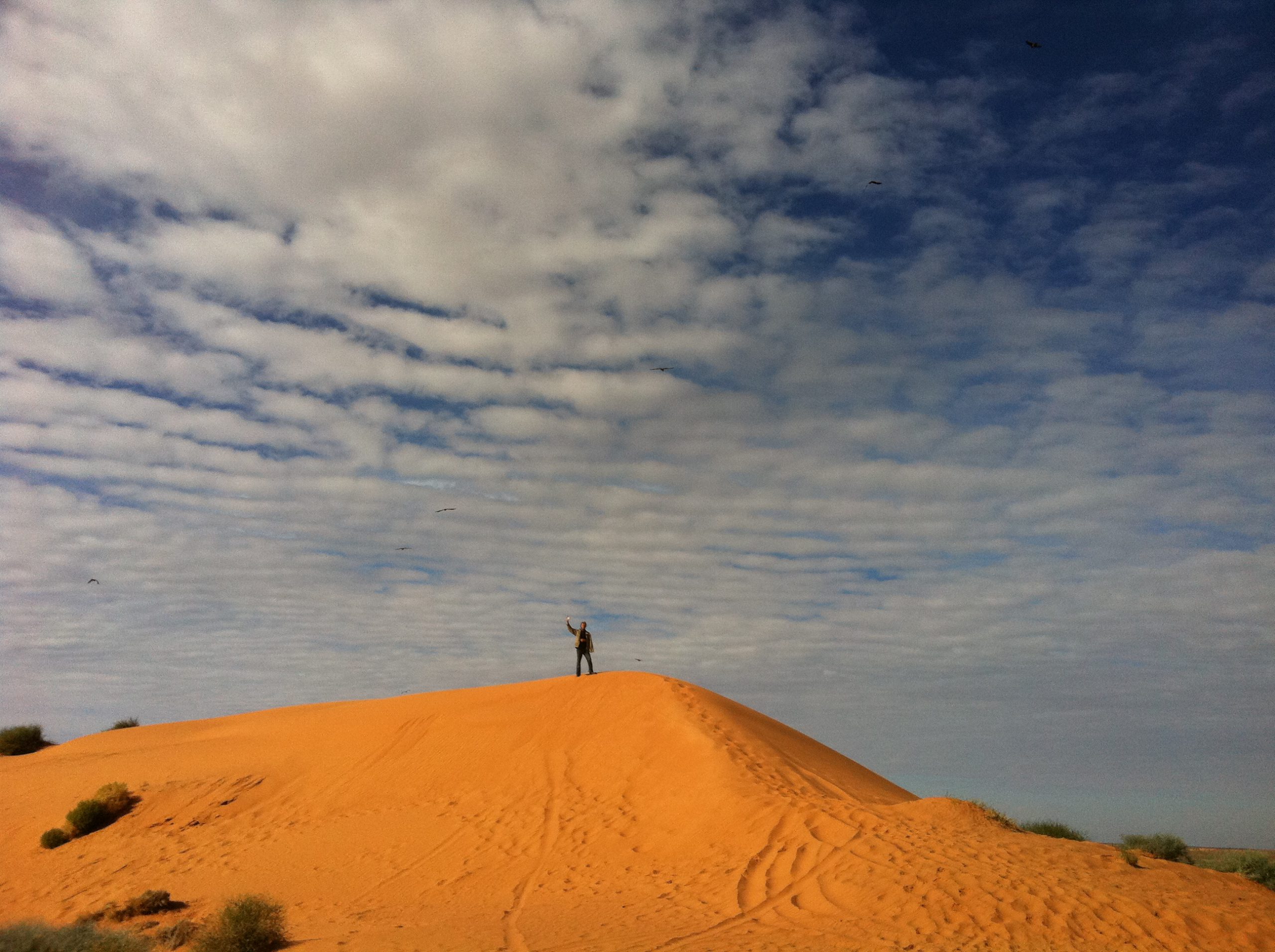A Challenge Worth Climbing
Big Red, also known as Nappanerica, is the tallest sand dune in the Simpson Desert, rising around 40 metres above the surrounding plains. Located just west of Birdsville, it marks the symbolic start or finish of many desert crossings. For 4WD adventurers, it’s a rite of passage—conquering Big Red means you’ve truly arrived in the outback.
Quick Facts
- Height: Approx. 40 metres
- Location: 35 km west of Birdsville, Queensland
- Access: 4WD only
- Best Time to Visit: May to September
- Events: Home of the Big Red Bash, Australia’s most remote music festivaL
Find Your Way to Big Red
From Birdsville to Big Red: Big Red is easily reached from Birdsville via the QAA Line, a popular track for desert travellers. The drive is short but sandy, and conditions can change quickly—check ahead before setting out.
Permits & Preparation: No permit is required to visit Big Red itself, but if you’re continuing into the Simpson Desert, a Desert Parks Pass is essential. Bring recovery gear, water and sun protection—this is true desert country.



